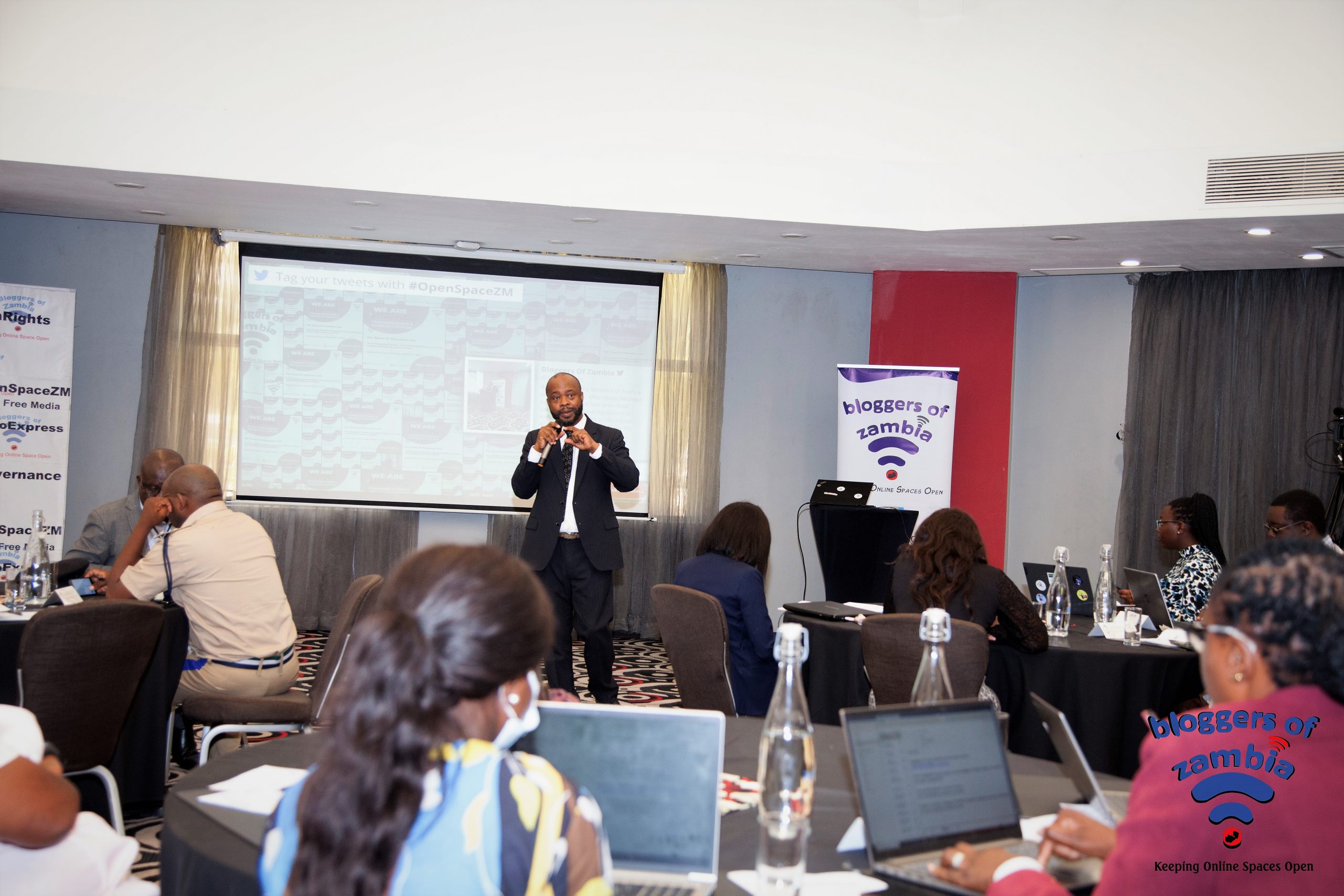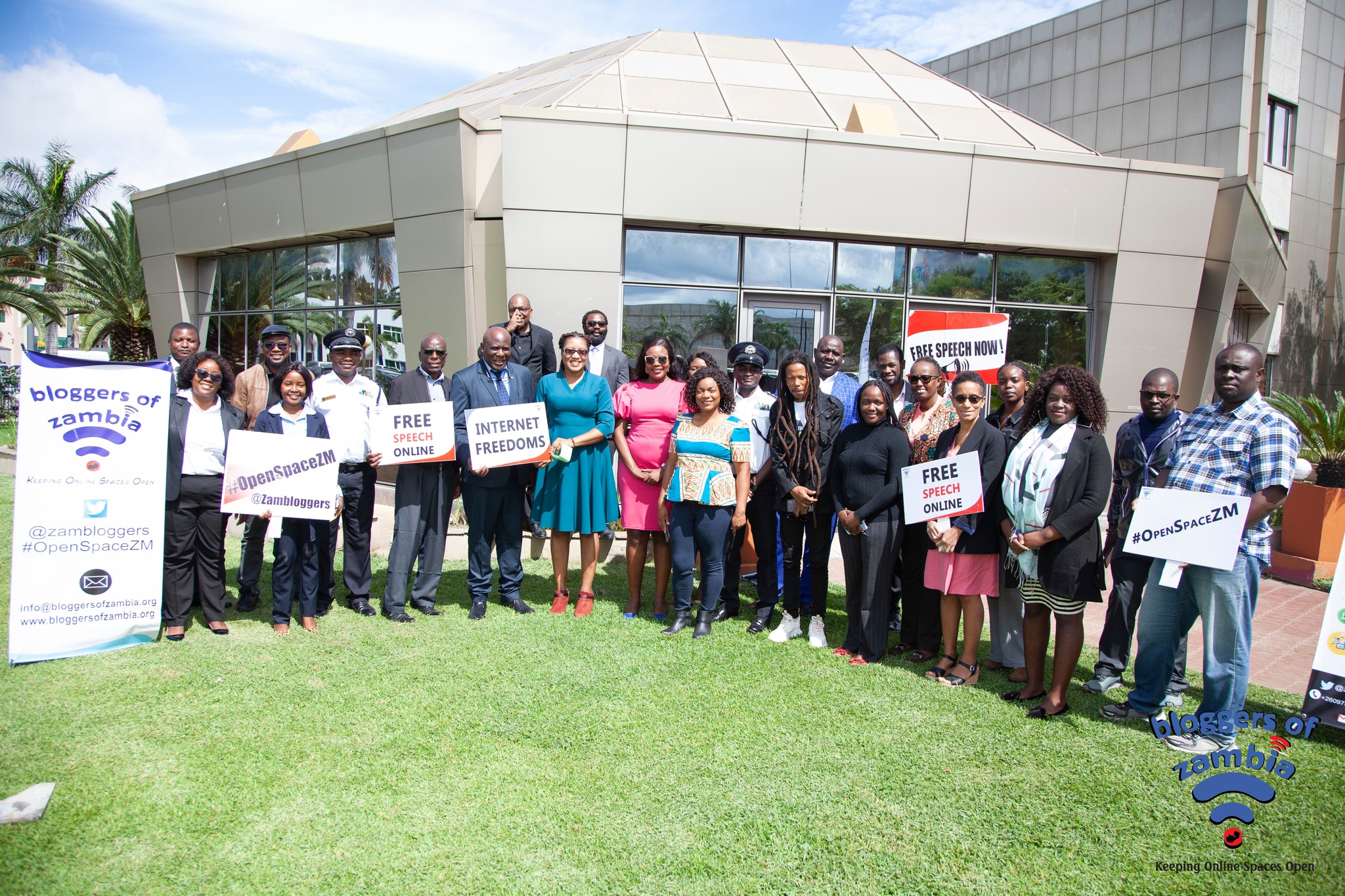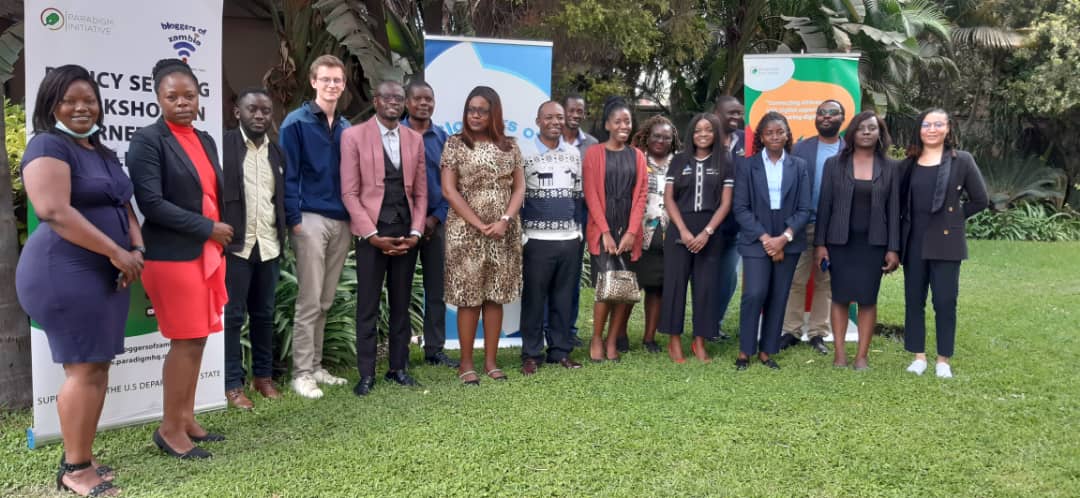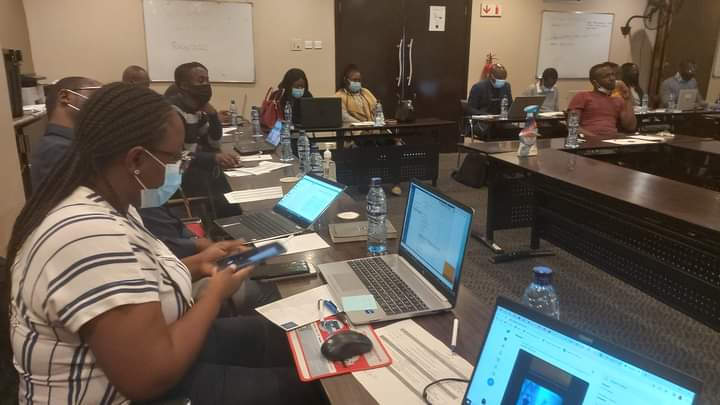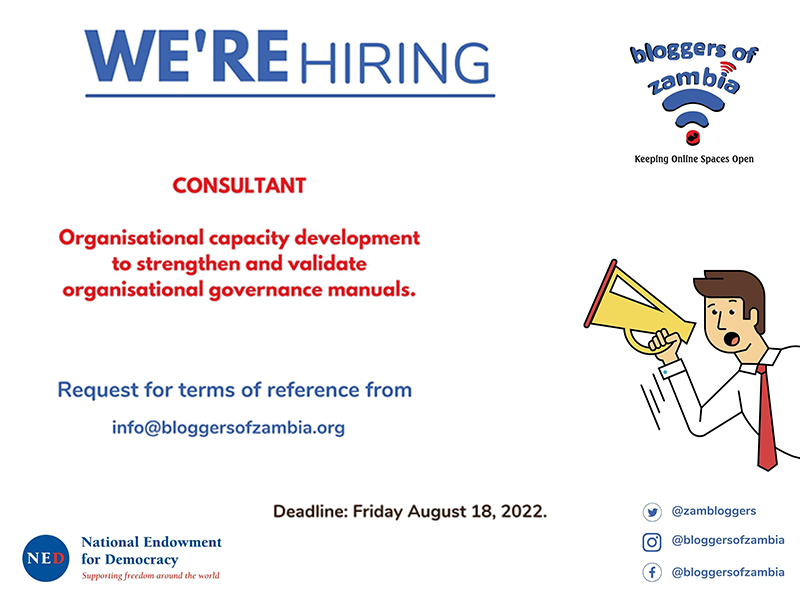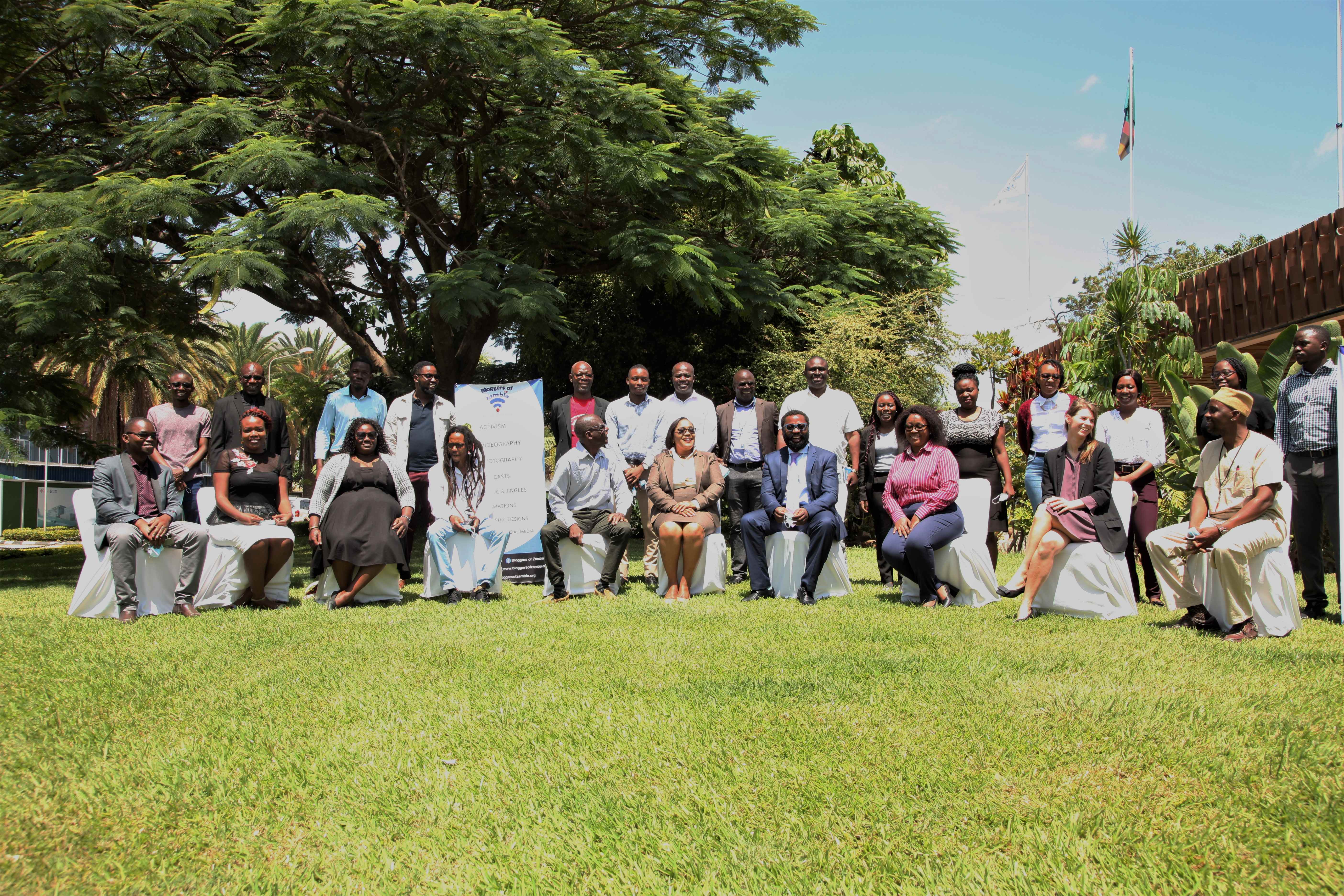Roughly a month after the flag off of the National Vaccination program in Zambia, the possibility of a third wave looms. The Indian variant was detected in the country on the 18th of May, due to the routine genomic sequencing that the Ministry of Health carries out.
Government made a decision to suspend new vaccinations, so as to reserve the remaining doses for those who still require their second doses. “As a country, we have decided to ring fence the remaining doses of the AstraZeneca vaccine for use as second dose for members of the public who have already received the first dose of the AstraZeneca vaccine,” Minister of Health, Dr Jonas said in a statement dated 18th May, 2021. This ring-fencing has been attributed to the Indian government prioritizing its own citizens in the vaccine roll-out, a move that was unforeseen by government.
Temperatures are expected to drop in the next months, and this brings with it the fear of the advent of a third wave of the corona virus pandemic. Following the second wave, which peaked in January 2021, the government through the ministry of Health worked towards flattening the curve, and by the end of April the numbers finally began to fluctuate around the 1% positivity rate. Another success was recorded in regards the vaccines; the country received her first batch of the 228,000 Astra Zeneca vaccines on the 16th of April and by mid-May, an excess of 100,000 people were vaccinated for COVID-19. This means that the cumulative number of the vaccinated population had surpassed the cumulative number of people who had been infected with COVID-19. The government has made recognizable strides in combating myths surrounding the vaccine, and managed to overcome the vaccine apprehension that most people had.
It is a notable success that in the space of a month, 100,000 people were vaccinated. It is commendable that the government is trying its level best to stop the arrival of a third wave, but there are worries that enough is not being done, especially with the recent detection of the Indian variant. This is particularly worrying, as the country has once again broken the 2% positivity mark, and has seen a gradual increase in the number of positive cases. Over the course of a week, cases fluctuated just below 100, and finally broke the 100 cases threshold for the first time since April 20. It’s a positive development that the government has stayed true to its word, of continuous surveillance, which eventually led to the identification and isolation of the Indian variant of the corona virus.
Discriminatory as it may seem, it is worth noting that the government has actually denied entry to the country for some high risk individuals. Out of over 6000 people screened nation-wide, 45 were denied entry, while 301 had to undergo mandatory testing and 98 had to be self-quarantined, according to the daily update on the 18th of May. It can only be hoped that the government will work hard at ensuring that the positivity rate remains low and that the government continues to be transparent and forthright with all details concerning the handling and mitigation of COVID-19.
As campaigns kick off, the appeal is that even as political parties carry out their advocacy, they adhere strictly to health guidelines and help halt the spread.




